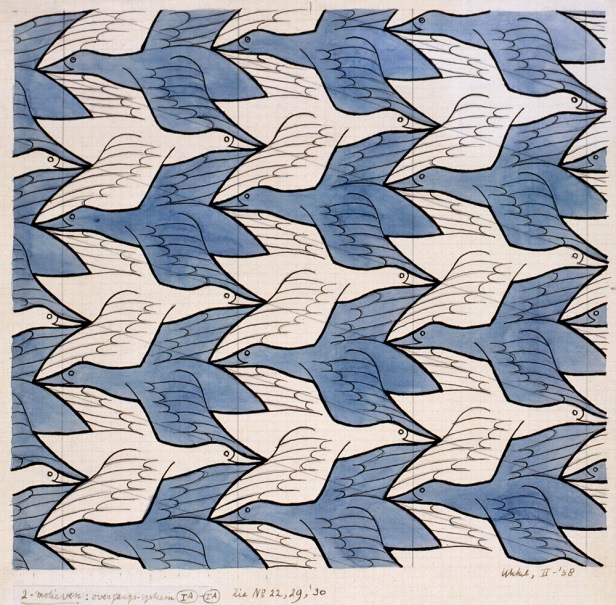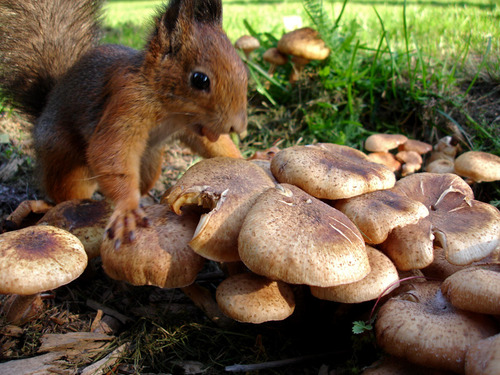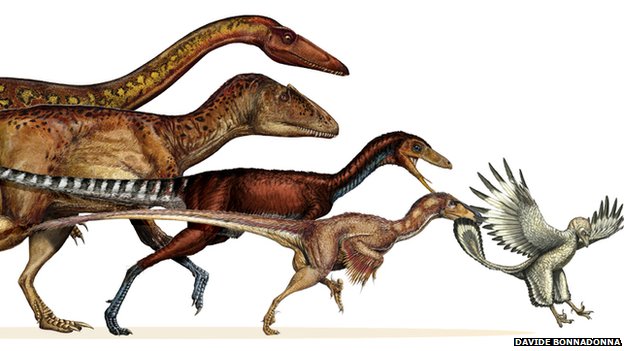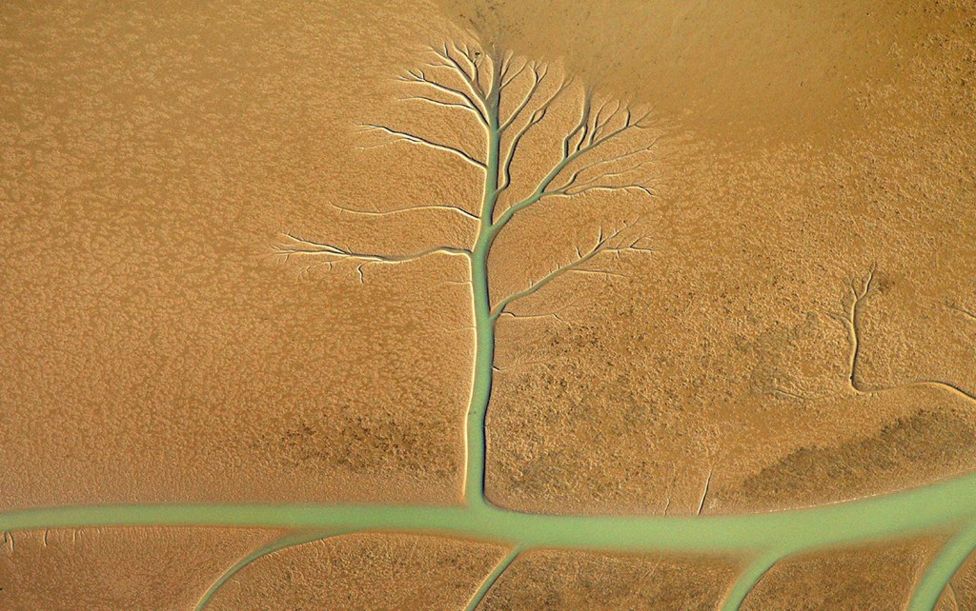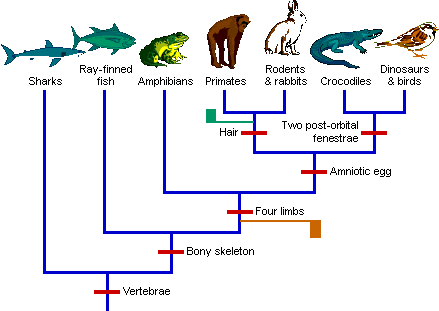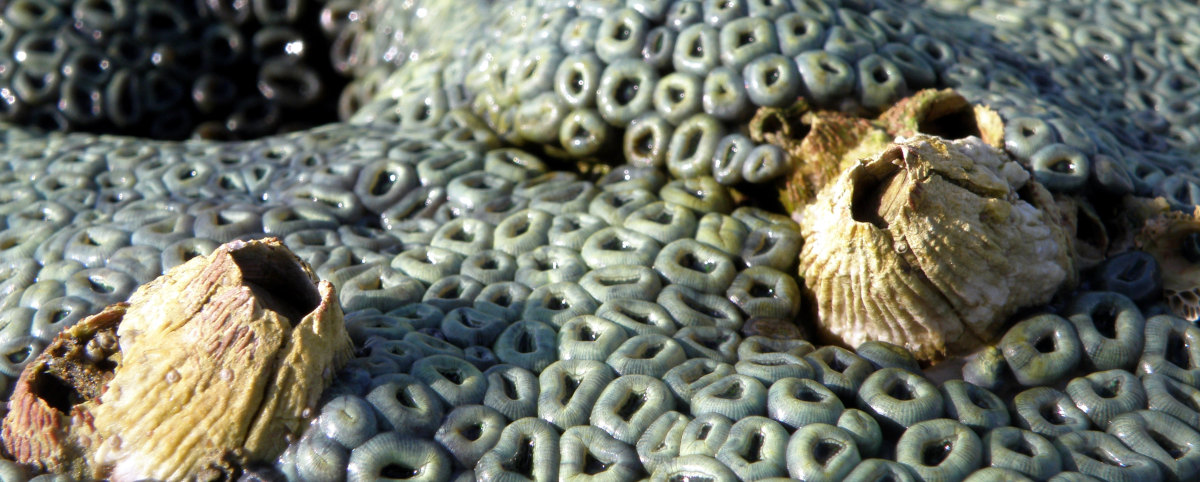Propose and vote for questions or topics to cover during the face-to-face session.
Higher Classification
Do species share similarities, or roles in an ecosystem, due to selective evolutionary pressures – or simply due to shared ancestry? Today we explore the vocabulary of relatedness, allowing us to express how taxa are related – a cornerstone of evolutionary biology.
Discriminate ‘body plans’ and understand their significance
Understand how morphology might reflect evolutionary history and ecological adaptation
Distinguish the cladistic and phenetic approaches to classification


